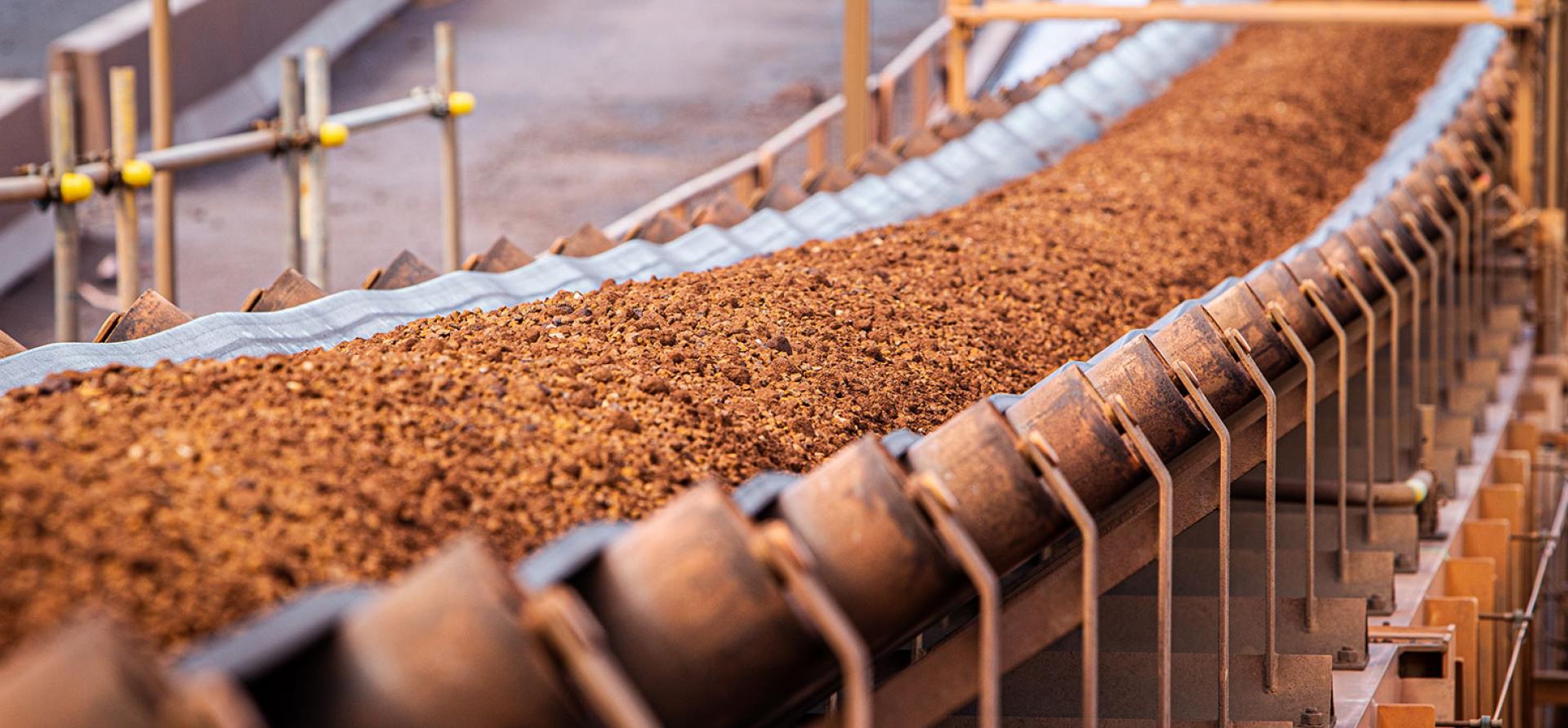
Key Findings
Some steelmakers are investigating and planning new technology combinations to enable the use of lower-grade iron ore in DRI processes.
The ability of DRI to use green hydrogen as a reducing agent, rather than metallurgical coal, means that investment in DRI is expected to expand significantly going forward.
Any significant global switch from blast furnaces to DRI processes will impact metallurgical coal demand.
Executive Summary
Direct Reduced Iron (DRI) ironmaking processes are regarded as a key part of steelmaking’s lower-emissions future. The ability of DRI to use green hydrogen as a reducing agent, rather than metallurgical coal, means that investment in DRI is expected to expand significantly going forward.
DRI-electric arc furnace (EAF) technology is proven and in use today. However, it requires high-quality iron ore (DR-grade) with iron (Fe) content of 67% and above, which has lower levels of impurities. DR-grade iron ore currently makes up only about 4% of global iron ore supply. Some fossil fuel-based steelmaking supply chain incumbents suggest this scarcity means that there are limits on how much steelmaking can switch to lower-emissions DRI-based technology.
Some steelmakers are investigating and planning new technology combinations to enable the use of lower-grade iron ore in DRI processes.
BHP – one of the key suppliers of blast furnace-grade iron ore and metallurgical coal to the steel industry – has stated: “There is simply not enough high-quality iron ore suitable for efficient DRI/EAF production to meet the global steel demand.” BHP considers that most of the world’s steel will still be produced via the blast furnace-basic oxygen furnace (BF-BOF) route in 2050.
However, some steelmakers are investigating and planning new technology combinations to enable the use of lower-grade iron ore in DRI processes, potentially alleviating the DR-grade iron ore scarcity problem and aiding the expansion of low-emissions steelmaking technology that does not use metallurgical coal.
A melting stage can be added to melt the DRI before being charged in a BOF instead of an EAF to produce high-quality steel. Some steel producers are investigating and developing installations along these lines:
- Thyssenkrupp is planning a new steelmaking route that adds a submerged arc furnace (SAF) melting stage after DRI production before sending it to an existing BOF. The company’s plan is to replace four BFs with new DRI-SAF technologies by 2045, with the first two to be replaced in 2025 and 2030 respectively. The proposed DRI-SAF-BOF configuration will allow Thyssenkrupp to use blast furnace-grade iron ore pellet in its DRI processes.
- Global steel giant ArcelorMittal is also looking at the DRI-SAF technology route. In March 2021 the company announced a memorandum of understanding (MoU) with Air Liquide to examine using this technology combination at ArcelorMittal’s Dunkirk site using hydrogen as the reductant.
- BlueScope is also investigating a DRI-Melter-BOF steelmaking route to allow the use of lower-grade ores. In October 2021, the company announced an MoU with Rio Tinto to investigate technology that would allow the use of Rio’s blast furnace-grade Pilbara iron ore in DRI processes.
- Italian steel technology provider Tenova is developing new technology to produce direct reduced iron using lower-quality blast furnace-grade pellets. The technology combination involves a new DRI melting step called an open slag bath furnace (OSBF).
Apart from the DRI-Melter-BOF routes, various companies are developing fluidised bed reduction processes that can reduce iron ore using hydrogen rather than via fossil fuels. An advantage of such processes is their ability to use iron ore fines, eliminating the cost and energy used in iron ore pelletisation or agglomeration. These technologies could help resolve the issue of limited global pelletising capacity for producing DR-grade iron ore pellets. In addition, there is the potential for these technologies to use blast furnace-grade ores.
These alternative steel technology routes could reduce the pressure of supplying DR-grade ores, shifting part of the DRI iron ore demand toward BF-grade pellets and fines. However, demand will continue to rise for DR-grade iron ore for an increasing number of DRI-EAF steelmaking operations and there still will be the need to improve the quality of iron ore via beneficiation, as well as for further magnetite mining project development (which can add to DR-grade ore supply) along with greater pelletising capacity.
Any significant global switch from blast furnaces to DRI processes will impact metallurgical coal demand.
However, the technology developments outlined in this report are starting to challenge the idea among some steel and iron ore market incumbents that a lack of DR-grade ore will limit any significant switch from blast furnaces to DRI processes.
Major iron ore miners should start to reassess their long-term strategies and prepare to supply more of their products to DRI-based steelmaking processes. Any significant global switch from blast furnaces to DRI processes will impact metallurgical coal demand. With new technology configurations set to allow more switching from blast furnaces to DRI in the longer term, miners can also bolster their Scope 3 emissions reduction ambitions.

















